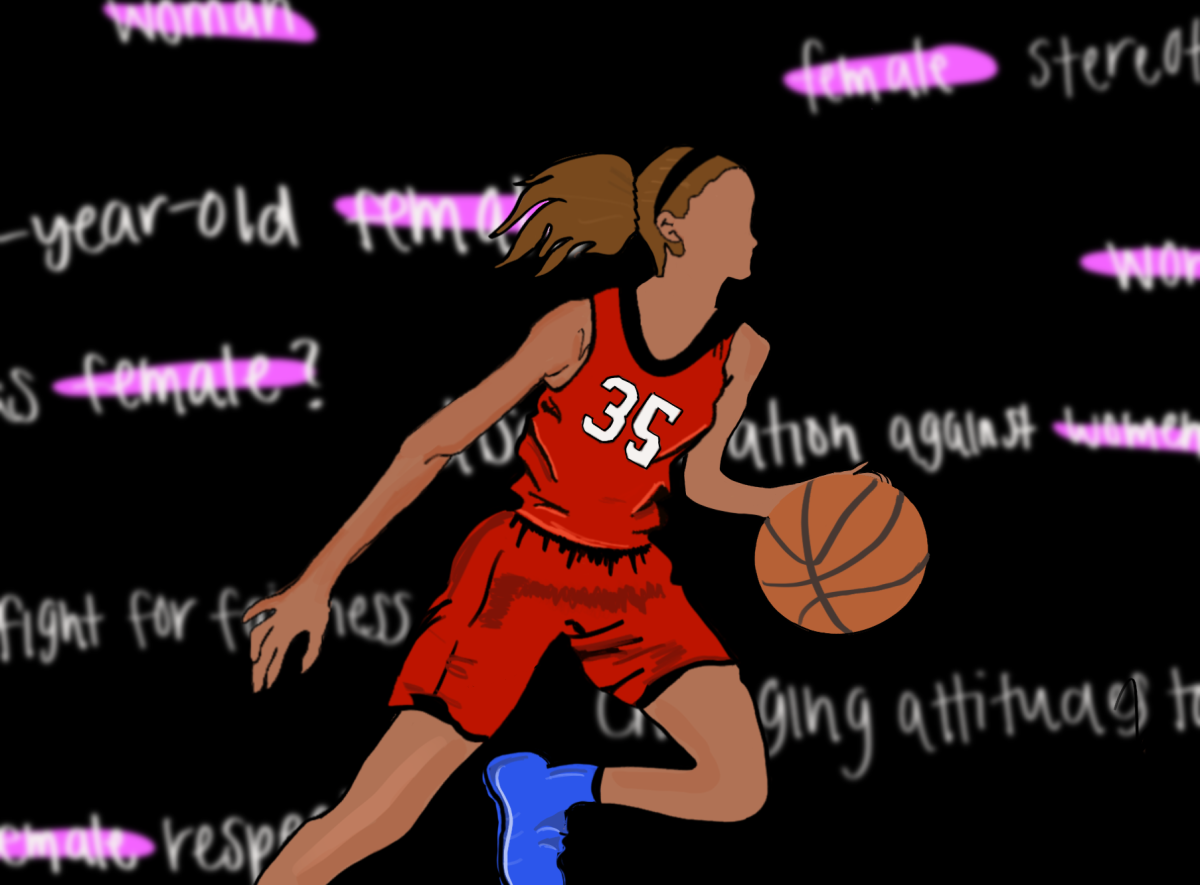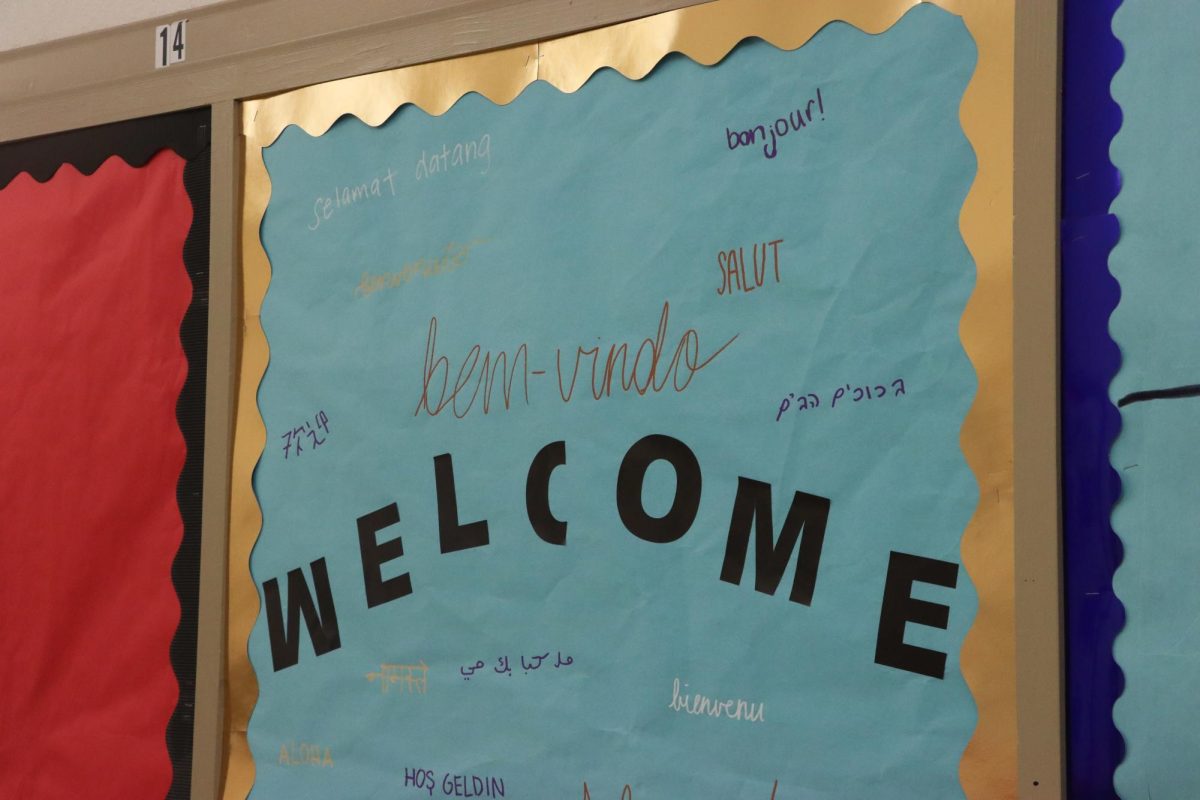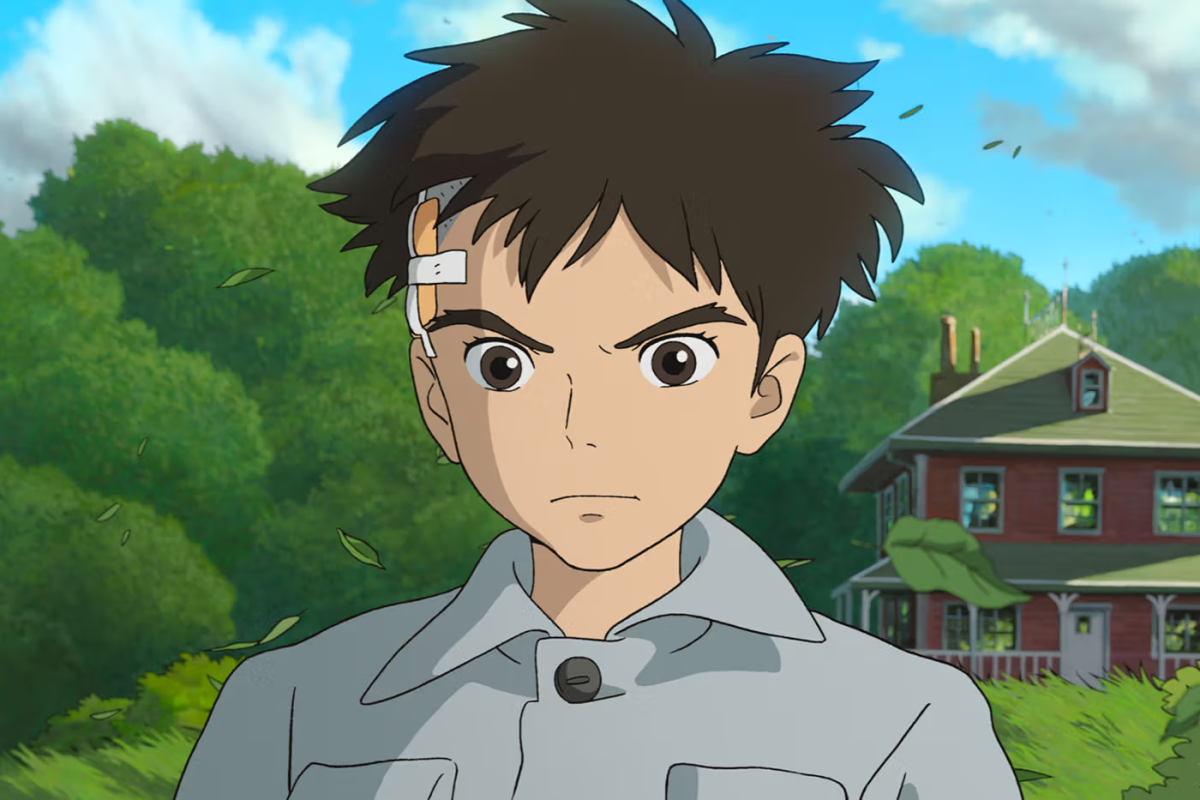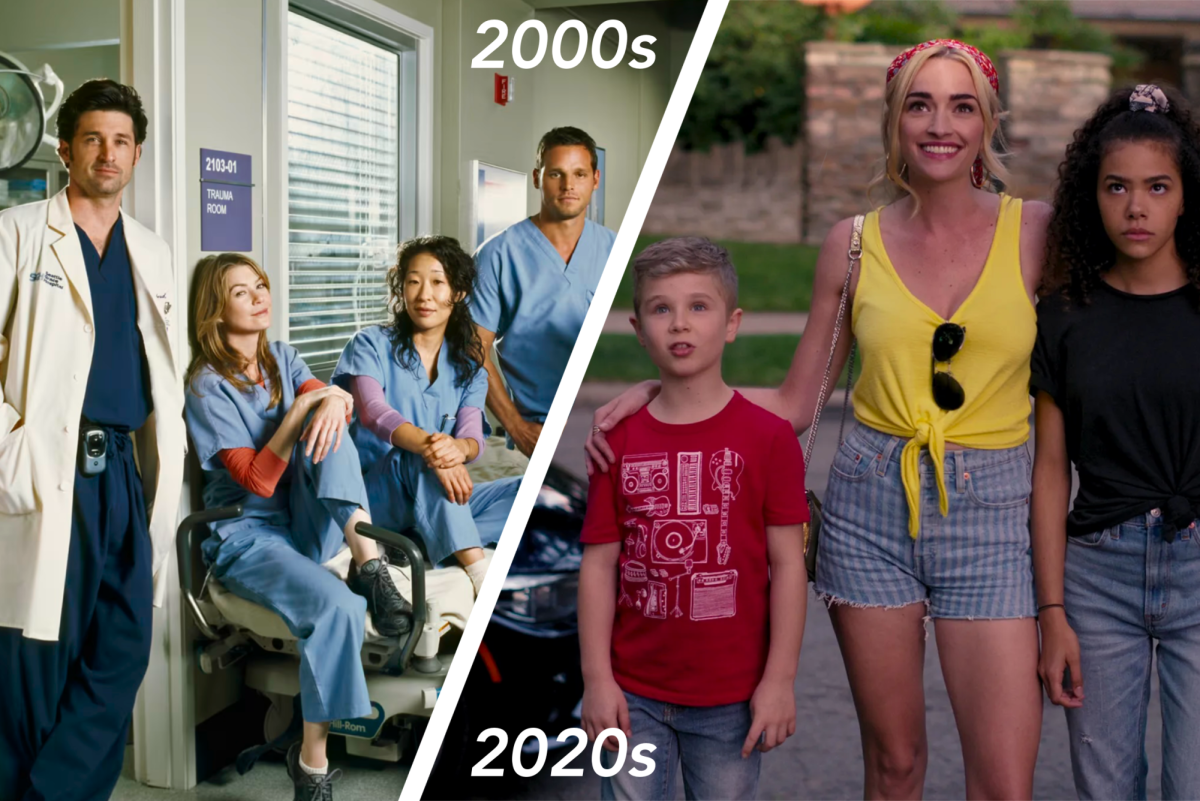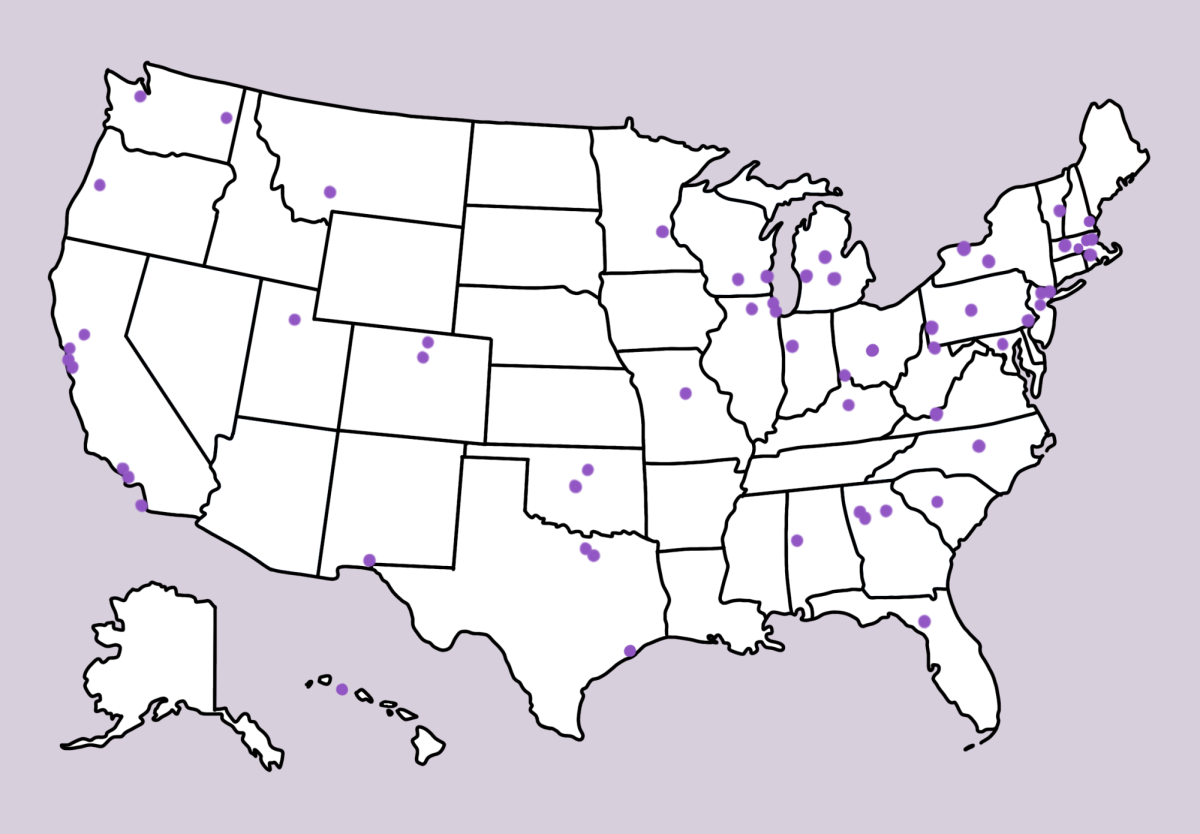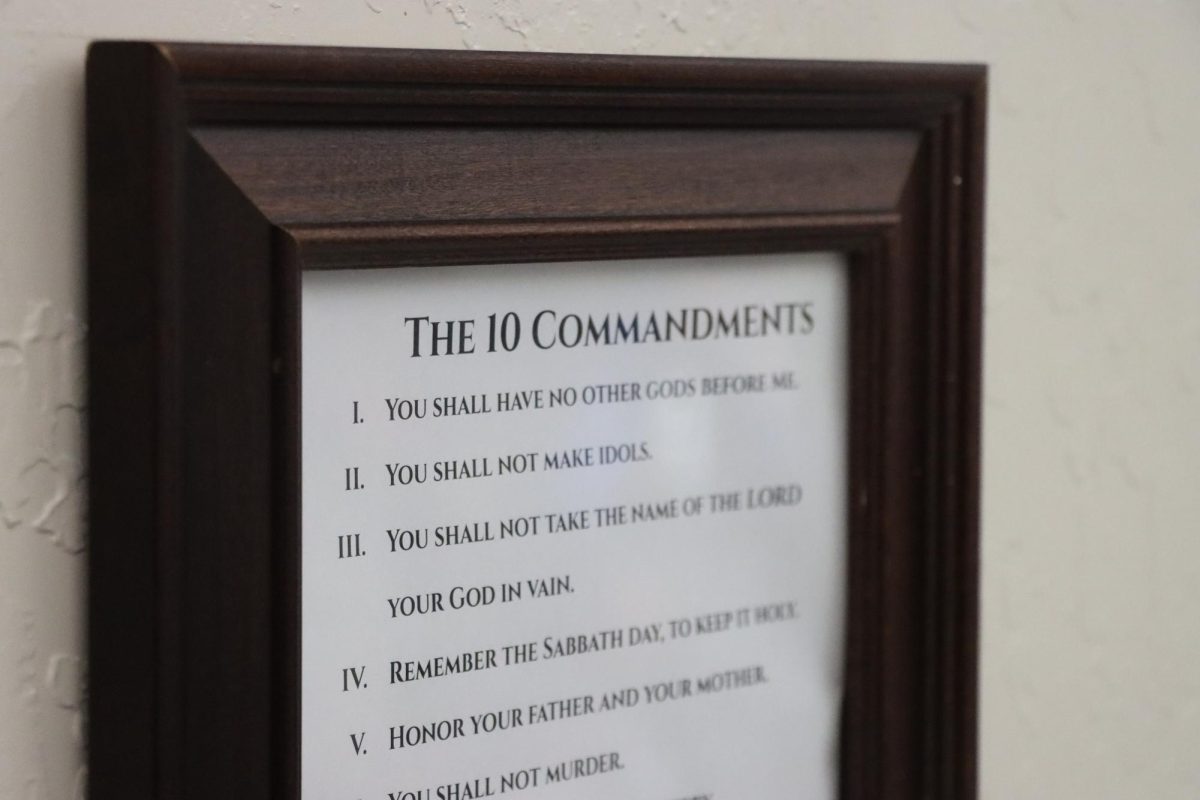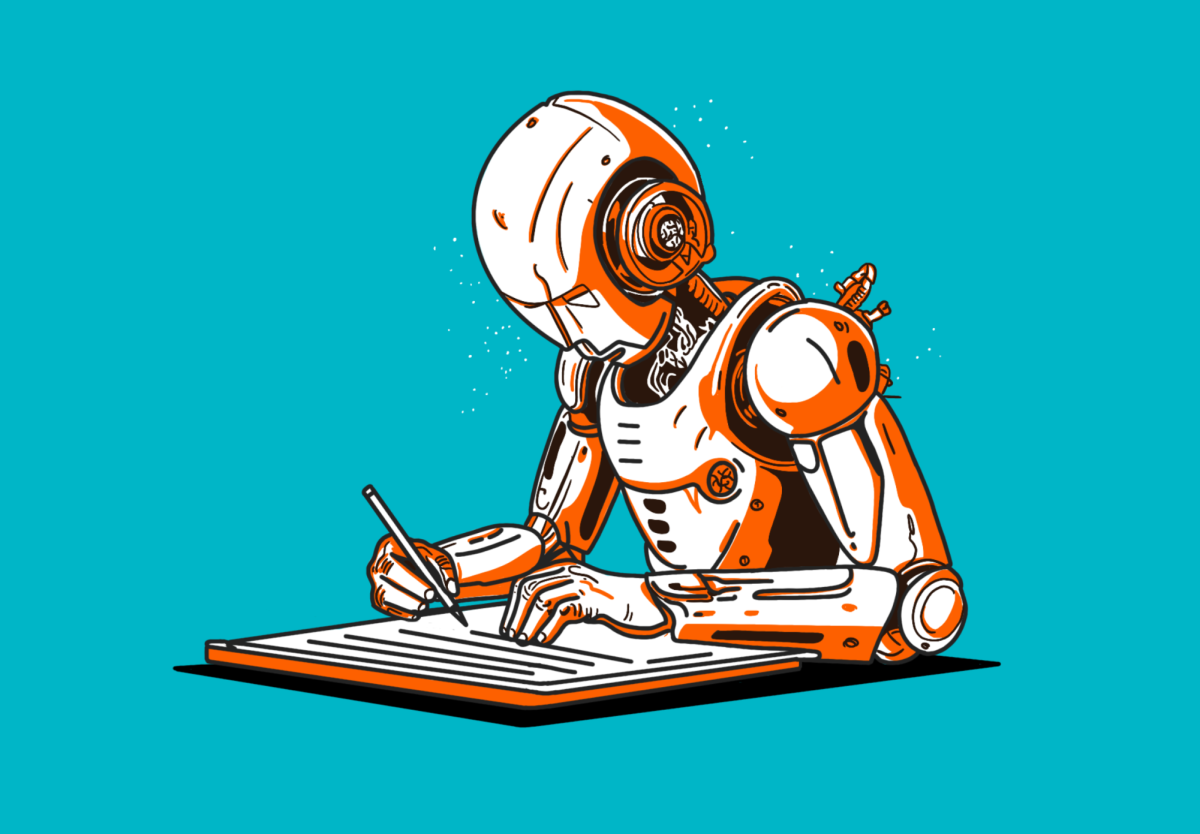“Spirited Away,” “My Neighbor Totoro,” “Princess Mononoke,” and “Howl’s Moving Castle.” With pictures that have influenced generations of children and adults alike, Hayao Miyazaki’s resume speaks for itself. Such elevated past accomplishments instill high expectations in fans, who trust Miyazaki to deliver consistently. However, after a 10-year break, Miyazaki’s return with “The Boy and the Heron” is simply underwhelming.
“The Boy and the Heron” was released on Dec. 8 to American audiences and has garnered over $127 million at the global box office. The numbers are impressive, as are the reviews, with an almost-perfect 97% from critics on Rotten Tomatoes. Additionally, the film has been recognized as the most commercially successful anime of the past 20 years in countries like the United Kingdom, Ireland and the United States.
The plot follows Mahito (Luca Padovan), who moves to his aunt Natsuko’s (Gemma Chan) rural house with his father after his mother dies in a hospital fire in Tokyo during the Second World War. The movie takes inspiration from Miyazaki’s own childhood, in which he experienced a similar relocation. After Mahito finds a mysterious clock tower and meets a magical heron, he realizes that his new home is far from normal.
While the audience feels a deep connection to Mahito after the film’s first half due to significant character development, Mahito’s journey into the World of the Dead in search of a lost Natsuko accordingly begins later and ends earlier. In fact, by the time Mahito’s adventure commences, the movie is so close to its end that it simply cannot spend enough time discovering the incredibly interesting new setting and exciting characters like Kiriko (Florence Pugh).
Despite this major plot issue, Miyazaki once again creates highly engaging characters. Mahito is smart, adventurous and empathetic — a typical Miyazaki protagonist. His father, Shoichi (Christian Bale), is a ruthless yet compassionate arms manufacturer, and according to Miyazaki, a depiction of his own father. The Grey Heron (Robert Pattinson), the old housemaids and the outlandish parrot guards add some necessary humor. Finally, Mahito’s great uncle (Mark Hamill) plays the wise figure role exceptionally well, bringing much-needed stakes and complexity to the film’s climax.
Nonetheless, the greatest highlight of the movie is Miyazaki’s illustrations. From the hospital fire sequence in the beginning to the heavenly garden scene towards the end, Miyazaki creates a world that can only be described as celestial. His ability to blend in real with artificial and beautiful with scary keeps the movie afloat and worthwhile.
And yet, the film’s greatest error is not fully exploring the connection between Mahito and his dead mother, Hisako (Gemma Chan). During the first quarter, powerful flashback sequences help the audience sense the significance of Mahito’s love for his mother. But, toward the middle, something interesting happens. Suddenly, Mahito cares more about his aunt Natsuko (Gemma Chan), whom he initially despised, and less about his long-lost mother. Even the movie’s main plotline — Mahito’s journey into the World of the Dead — is motivated by his desire to find Natsuko, even though there is no clear affectionate connection between the two.
Later on, in the fantastical world, Mahito meets Lady Himi (Karen Fukuhara), a younger version of his mother. Despite this important reunion, the two never have a cathartic conversation about her death, and Mahito seems distant from her — in fact, he only says he knows Himi is his mother before the two part ways. Naturally, such a significant missed emotional punch leaves the movie’s ending happy but unsatisfying — an unusually flat conclusion for a Miyazaki film.
Ultimately, “The Boy and the Heron” pays homage to Miyazaki’s artistic talent, but the story is bland and needs more development. There is a great film beneath the surface, but perhaps due to his old age 82, Miyazaki cannot uncover it. “The Boy and the Heron” is a decent addition to his spectacular resume, but it is time for Miyazaki to sit back and appreciate his past accomplishments.










